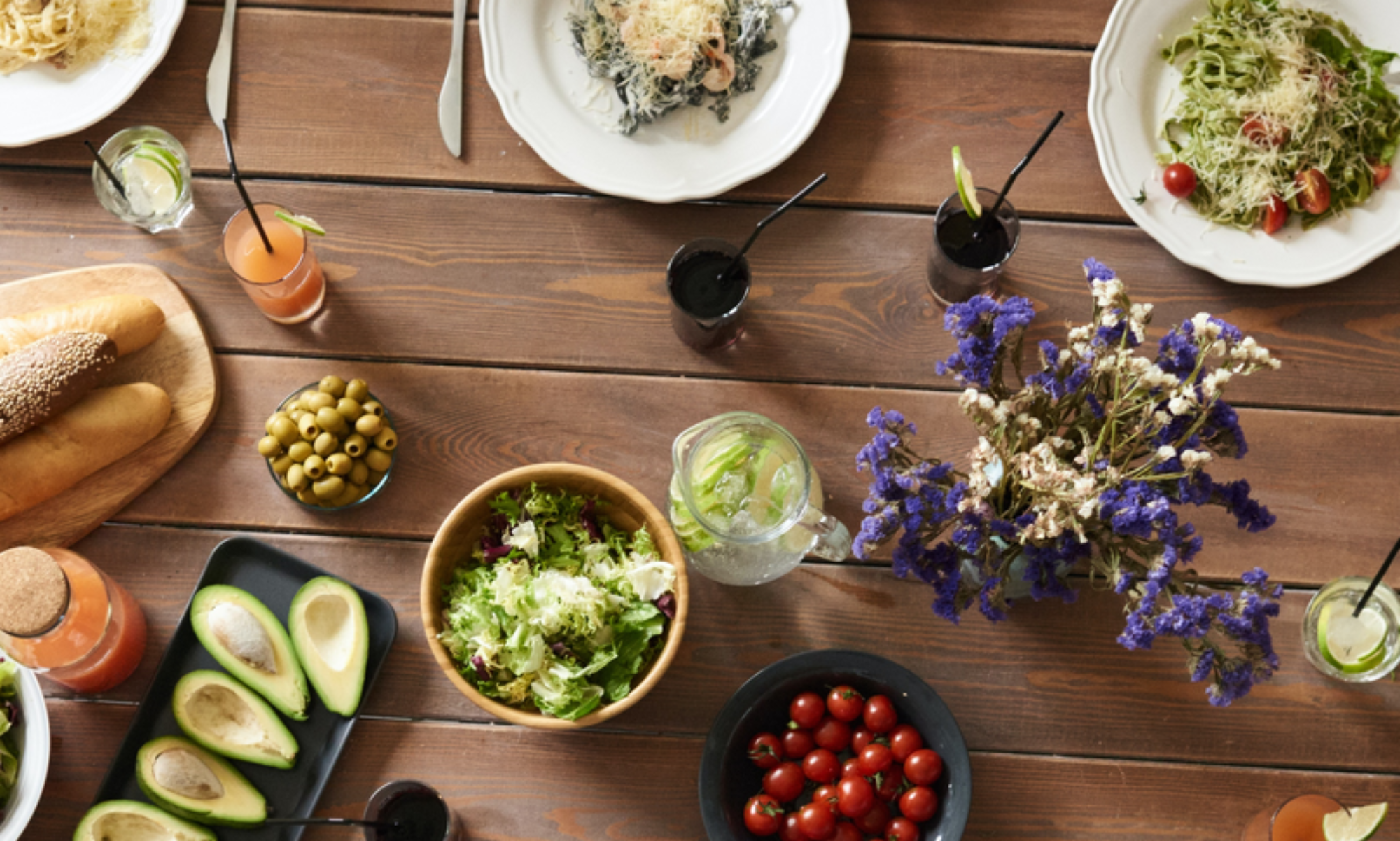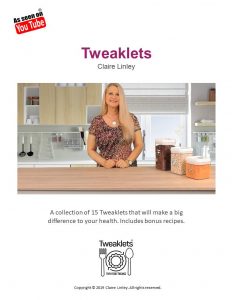When you’re exploring healthy eating alternatives and stepping outside the conventional three meals a day, food groups, calories etc, then you have probably come across the Paleo diet and the Keto diet.
Both have gained popularity for a variety of reasons. They can also easily get confused, so over a couple of segments we’ll talk about their differences and their benefits. In this episode, we’re talking about the Paleo Diet.
Paleo follows the principles of our hunter-gatherer ancestors, with its name loosely based on the palaeolithic era and foods that have the longest history of human consumption. So, The Paleo diet refers to a framework for eating. There are no specific foods to eat, just a leaning towards natural, nutrient-dense foods rather than processed foods.
Foods to include on a Paleo diet are Meat, Fish, Eggs, Nuts, Fruits, Seeds, Roots, Unrefined oils and Natural sweeteners.
Foods to be avoided on the Paleo diet are All cereal grains and products made with grain flours, Legumes, Dairy, Refined sugar and sugar-sweetened drinks, Refined vegetable oils, Processed food and White potatoes, in some instances.
There is no exact ratio of how the key ingredients are put together. However, it is generally regarded as a low-carb way of eating because it eliminates most processed foods as well as refined sugar, grains and dairy.
People who embrace a paleo diet are looking to reduce inflammation in their bodies and to improve their weight and blood pressure. They may have blood sugar issues, possibly even problems with insulin resistance. People who are at risk of cardiovascular disease or are showing signs of autoimmune responses also turn to the paleo diet.
And the Paleo diet is really a very simple Food Tweak that fits into many people’s lifestyles and makes a significant positive impact to their health mainly because it boosts your intake of quality ingredients and eliminates processed overly refined foods.
If you have a gluten sensitivity, other food sensitivities or want to jump-start your weight loss then the Paleo diet is a good Tweaklet to try!
So that’s the Paleo diet. Next time we’ll talk about the Keto Diet.


